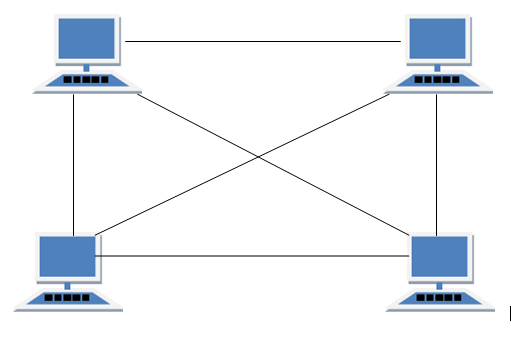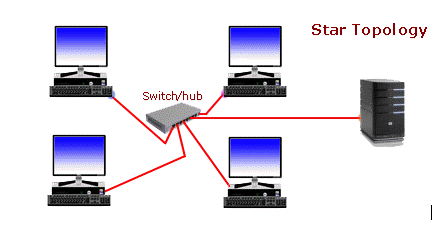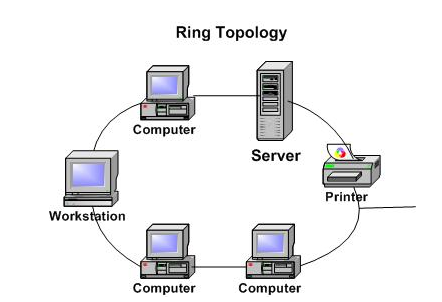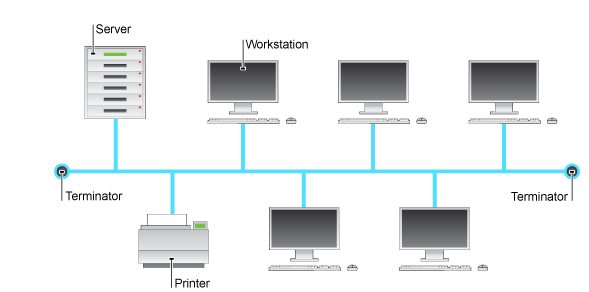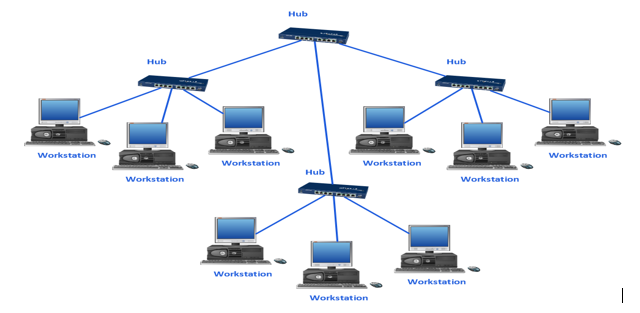JOIN US WHATSAPP
CLICK HERE
JOIN US TELEGRAM
CLICK HERE
TOPIC 3: COMPUTER NETWORKS AND COMMUNICATIONS
Introduction to Local Area Network (LAN) and Wide Area Network (WAN)
The Computer Network
Describe a Computer Network
A network can be defined as a group of computers and other devices connected in some ways so as to be able to exchange data. Each of the devices on the network can be thought of as a node; each node has a unique address. Addresses are numeric quantities that are easy for computers to work with, but not for humans to remember. Example: 204.160.241.98 Some networks also provide names that humans can more easily remember than numbers. Example: www.javasoft.com, corresponding to the above numeric address.
A computer network This is a digital telecommunications network which allows nodes to share resources. In computer networks, networked computing devices exchange data with each other using a data link. The connections between nodes are established using either cable media or wireless media.
The Local area Network (LAN)
Explain Local area Network (LAN)
LOCAL AREA NETWORK (LAN)
- Local Area Network is privately owned communications network that spans a small geographic area, such as single building or buildings close to each other. May be school or college campus Examples: Ethernet, Local Talk, Token Ring, FDDI, ATMIn addition to operating in a limited space in limited space, LANs are also typically owned, controlled and manage by a single person or organization. Most of the LANs are built with relatively inexpensive hardware such as Ethernet cables, network adapters, and hubs
WIDE AREA NETWORK (WAN)
- Wide Area Network is a computer network that can span a very large geographic area, e.g., multiple cities, countries, continents or even across the word. Examples: ARPANET, X.25, Frame Relay, SMDS, ATM Internet is the largest WAN, spanning the earth. WAN is the geographically dispersed collection of LANs. A communication devices called router can connect LANs in to WAN. WAN differ from LAN in several ways. Most of the WANs are not owned by any organization but rather exist under collective or distributed ownership and management.
The table below shows the difference between LAN and WAN.
| FEATURE | LAN | WAN |
| Scale of sharing | Less and limited | Far greater and worldwide |
| Communication media | Uses cable such as coaxial and UTP | Satellite, microwaves or telecommunication links |
| Installation cost | Low | High |
| Network coverage | Small area, over a single building or college campus | Cities, state and countries |
The Accessories Used for Computer Network Connections
List of Accessories Used for Computer Network Connections
Computer network components include the major parts that are needed to install a network both at the office and home level. Before delving into the installation process, you should be familiar with each part so that you could choose and buy the right component that fits with your network system.
These hardware components include cable, Hub, Switch, NIC (network interface card), modem and router. Depending on the type of network you are going to install, some of the parts can be eliminated. For example, in a wireless network you don’t need cables, hubs so on.
Computer network requires the following devices (some of them are optional):-
- Network Interface Card (NIC)
- Hub Switches
- Cables and connectors
- Router Modem
NETWORK INTERFACE CARD (NIC)
- This is a device that enables a computer to talk with other computer/network. Using unique hardware addresses (MAC address)encoded on the card chip, the data-link protocol employs these addresses to discover other systems on the network so that it can transfer data to the right destination.
There aretwo types of network cards:
- Wired
- Wireless
The wired NIC uses cables and connectors as a medium to transfer data, whereas in the wireless card, the connection is made using antenna that employs radio wave technology. All modern laptop computers incorporated wireless NIC in addition to the wired adapter.
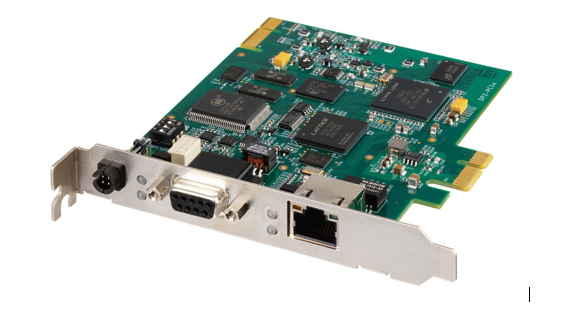
HUB
- Hub is a device that splits a network connection into multiple computers. It is like a distribution center. When a computer request information from a network or a specific computer, it sends the request to the hub through a cable. The hub will receive the request and transmit it to the entire network. Each computer in the network should then figure out whether the broadcast data is for them or not. Currently Hubs are becoming obsolete and replaced by more advanced communication devices such asSwitches and Routers.
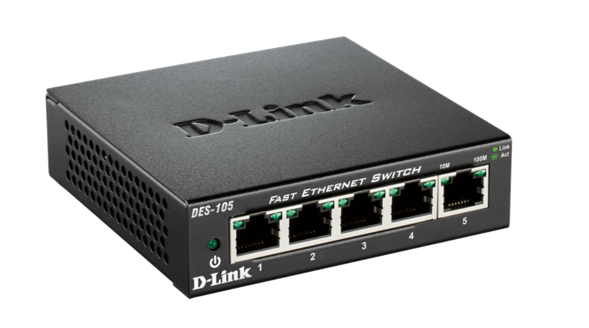
SWITCH
- This is a telecommunication device grouped as one of computer network components. Switch is like a Hub but built in with advanced features. It uses physical device addresses in each incoming messages so that it can deliver the message to the right destination or port.Like Hub, switch don’t broadcast the received message to entire network, rather before sending it checks to which system or port should the message be sent. In other words switch connects the source and destination directly which increases the speed of the network. Both switch and hub have common features: Multiple RJ-45 ports, power supply and connection lights.
CABLES AND CONNECTORS
- Cable is one way of transmission media which can transmit communication signals. The wired network typology uses special type of cable to connect computers on a network.There are a number of solid transmission Media types, which are listed below.
Twisted pair wire It is classified as Category 1, 2, 3, 4, 5, 5E, 6 and 7. Category 5E, 6 and 7 are high-speed cables that can transmit 1Gbps or more.
Coaxial cable Coaxial cable more resembles like TV installation cable. It is more expensive than twisted-pair cable but provide high data transmission speed.
Fiber-optic cable It is a high-speed cable which transmits data using light beams through a glass bound fibers. Fiber-optic cable is high data transmission cable comparing to the other cable types. But the cost of fiber optics is very expensive which can only be purchased and installed on governmental level.
ROUTER
When we talk about computer network components, the other device that used to connect a LAN with an internet connection is called Router.
When you have two distinct networks (LANs) or want to share a single internet connection to multiple computers, we use a Router.In most cases, recent routers also include a switch which in other words can be used as a switch. You don’t need to buy both switch and router, particularly if you are installing small business and home networks.
There are two types of Router: wired and wireless. The choice depends on your physical office/home setting, speed and cost.
MODEMS
A modem enables you to connect your computer to the available internet connection over the existing telephone line. Like NIC, Modem is not integrated with a computer motherboard. It comes as separate part which can be installed on the PCI slots found on motherboard.A modem is not necessary for LAN, but required for internet connection such as dial-up and DSL.There are some types of modems, which differs in speed and transmission rate.
Standard PC modem or Dial-up modems (56Kb data transmission speed), Cellular modem (used in a laptop that enables to connect while on the go),cable modem (500 times faster than standard modem)and DSL Modems are the most popular.
The Importance of Computer Networks
Explain the Importance of Computer Networks
ADVANTAGES OF COMPUTER NETWORKS
A network is two or more computers connected together to share information and files between them. Businesses aren’t the only ones that can benefit from creating a network. Home users can enjoy sharing music, movies and printers from any computer. Computer network provides several advantages which include but not limited to the following:
- It enhances communication and availability of information. Networking, especially with full access to the web, allows ways of communication that would simply be impossible before it was developed. Instant messaging can now allow users to talk in real time and send files to other people wherever they are in the world, which is a huge boon for businesses. Also, it allows access to a vast amount of useful information, including traditional reference materials and timely facts, such as news and current events.
- It allows for more convenient resource sharing. This benefit is very important, particularly for larger companies that really need to produce huge numbers of resources to be shared to all the people. Since the technology involves computer-based work, it is assured that the resources they wanted to get across would be completely shared by connecting to a computer network which their audience is also using.
- It makes file sharing easier. Computer networking allows easier accessibility for people to share their files, which greatly helps them with saving more time and effort, since they could do file sharing more accordingly and effectively.
- It is highly flexible. This technology is known to be very flexible, as it gives users the opportunity to explore everything about essential things, such as software without affecting their functionality. Plus, people will have the accessibility to all information they need to get and share.
- It is an inexpensive system. Installing networking software on your device would not cost too much, as you are assured that it lasts and can effectively share information to your peers. Also, there is no need to change the software regularly, as mostly it is not required to do so.
- It increases cost efficiency. With computer networking, you can use a lot of software products available on the market which can just be stored or installed in your system or server, and can then be used by various workstations.
- It boosts storage capacity. Since you are going to share information, files and resources to other people, you have to ensure all data and content are properly stored in the system. With this networking technology, you can do all of this without any hassle, while having all the space you need for storage
Despite of the aforementioned benefits, computer networks are likely to have the following disadvantages.
- It lacks independence. Computer networking involves a process that is operated using computers, so people will be relying more of computer work, instead of exerting an effort for their tasks at hand. Aside from this, they will be dependent on the main file server, which means that, if it breaks down, the system would become useless, making users idle.
- It poses security difficulties. Because there would be a huge number of people who would be using a computer network to get and share some of their files and resources, a certain user’s security would be always at risk. There might even be illegal activities that would occur, which you need to be careful about and aware of.
- It lacks robustness. As previously stated, if a computer network’s main server breaks down, the entire system would become useless. Also, if it has a bridging device or a central linking server that fails, the entire network would also come to a standstill. To deal with these problems, huge networks should have a powerful computer to serve as file server to make setting up and maintaining the network easier.
- It allows for more presence of computer viruses and malware. There would be instances that stored files are corrupt due to computer viruses. Thus, network administrators should conduct regular check-ups on the system, and the stored files at the same time.
- Its light policing usage promotes negative acts. It has been observed that providing users with internet connectivity has fostered undesirable behavior among them. Considering that the web is a minefield of distractions—online games, humor sites and even porn sites—workers could be tempted during their work hours. The huge network of machines could also encourage them to engage in illicit practices, such as instant messaging and file sharing, instead of working on work-related matters. While many organizations draw up certain policies on this, they have proven difficult to enforce and even engendered resentment from employees.
- It requires an efficient handler. For a computer network to work efficiently and optimally, it requires high technical skills and know-how of its operations and administration. A person just having basic skills cannot do this job. Take note that the responsibility to handle such a system is high, as allotting permissions and passwords can be daunting. Similarly, network configuration and connection is very tedious and cannot be done by an average technician who does not have advanced knowledge.
- It requires an expensive set-up. Though computer networks are said to be an inexpensive system when it is already running, its initial set up cost can still be high depending on the number of computers to be connected. Expensive devices, such as routers, switches, hubs, etc., can add up to the cost. Aside from these, it would also need network interface cards (NICs) for workstations in case they are not built in.
Network Physical Topologies




